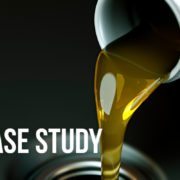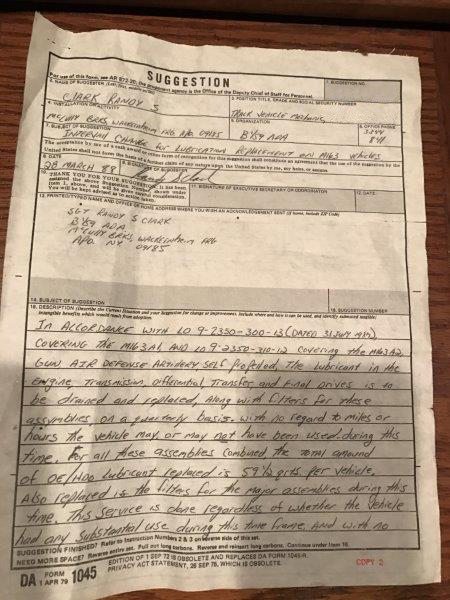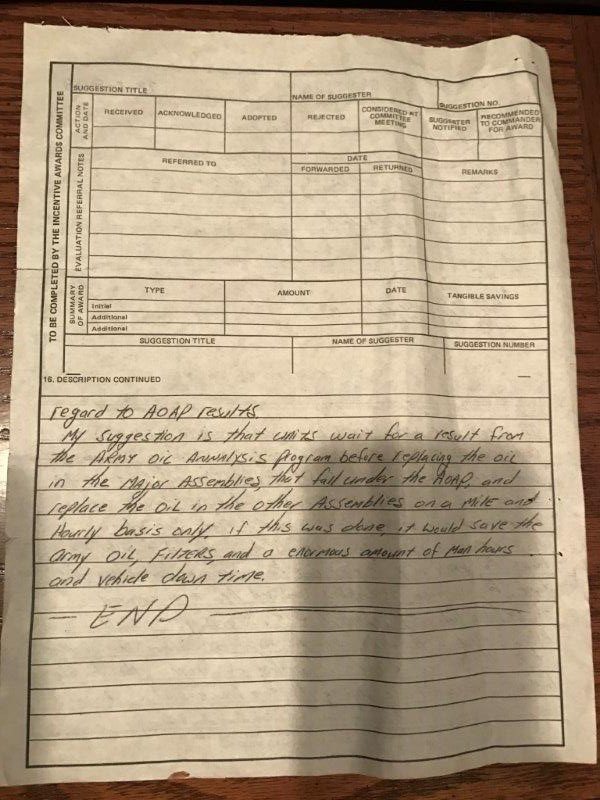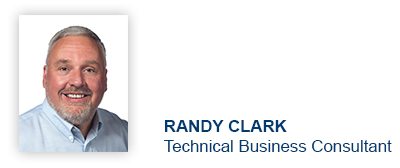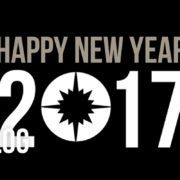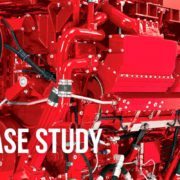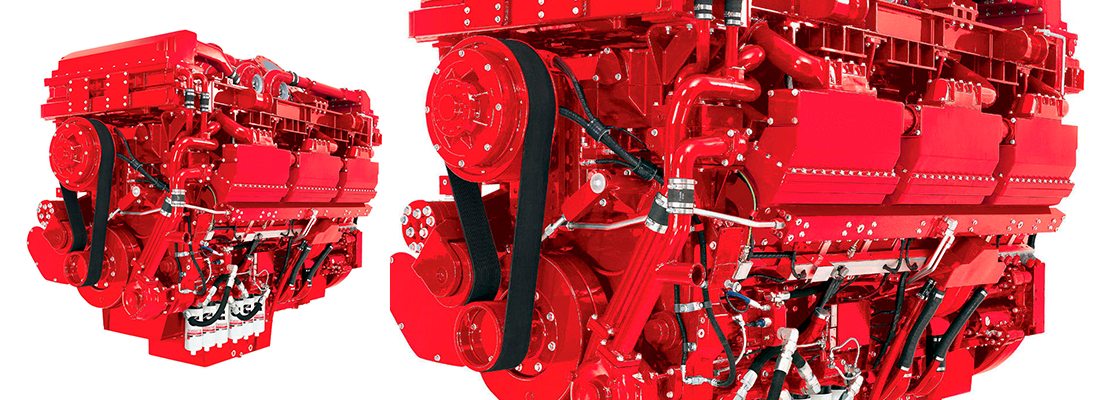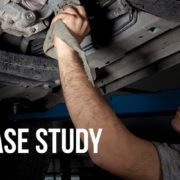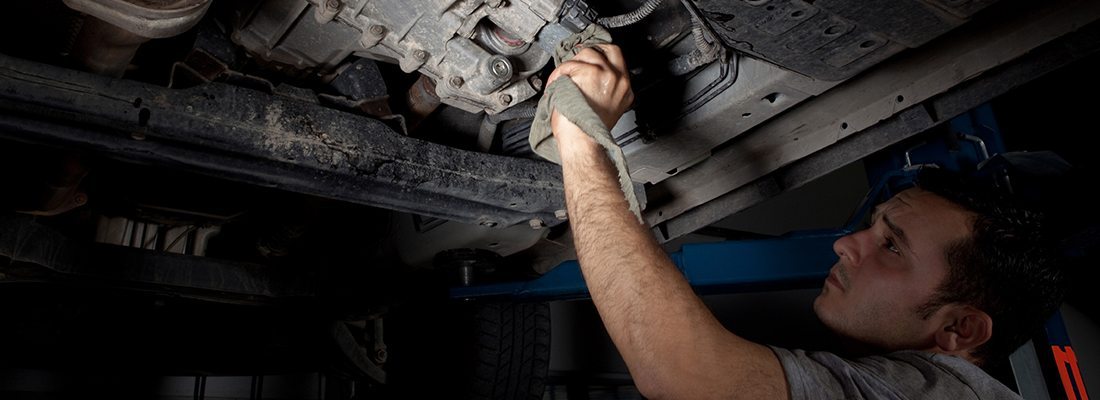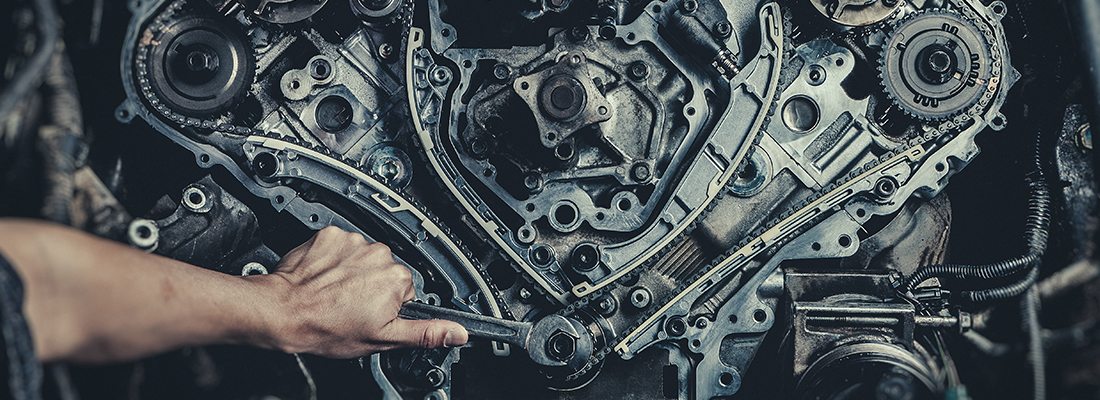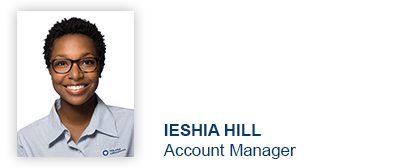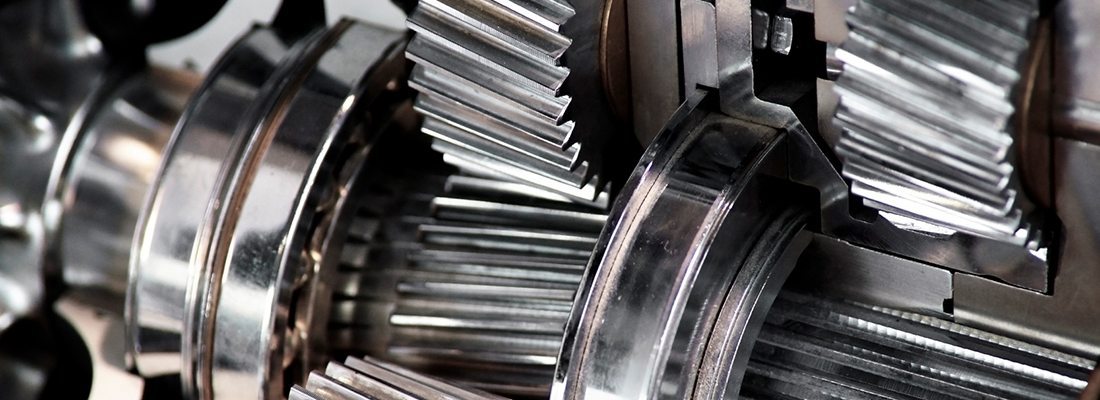Submit Your Samples Online
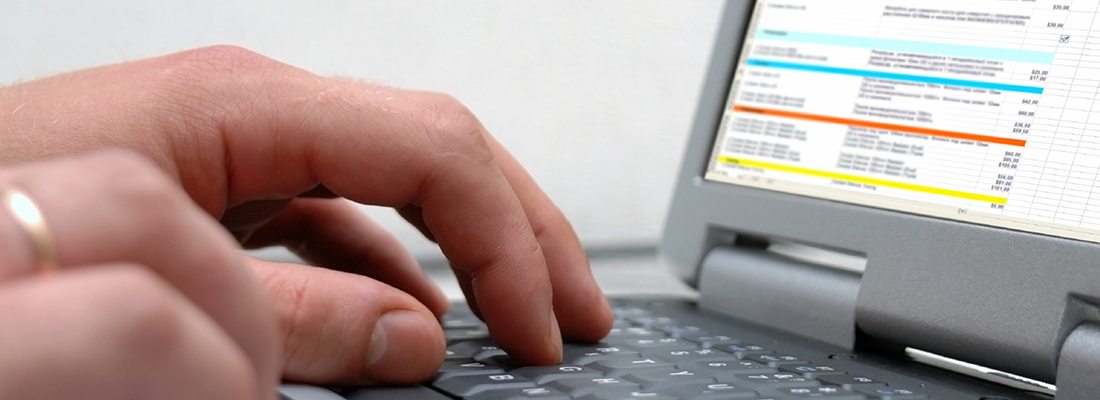
You’ve heard about sample submission. You’ve heard about how easy the process is and how quickly your samples will make it out to the lab once logged into the system. But do you understand how easy the process is to setup online submission? There are a few steps you must take prior to submitting your sample.
Use the tips below to help get ready for your online submissions!
Equipment Information
Have we tested this piece of equipment before? If not, does the equipment component exist under your account already? If we haven’t tested it before and the equipment does not already exist, then just click on the “Equipment Management” tab in HORIZON® and click on “Add Equipment”.
For equipment that already exists under your account but needs updates such as component manufacturer/model or lubricant information – click on your “Equipment Management” tab and then click on “Edit Equipment”. This will allow you to edit any piece of equipment under your account.
Do you know the difference between component time and lube time? The component time is the total number of miles or hours on your equipment. The lube time is the amount of miles or hours since you last changed the fluid.
Kit Information
Remember, coolants, oils, and diesel fuels have their own kits tied to their specific testing. If the correct kit isn’t used during the online submission process, the sample will be placed in a hold status until a bar code from a correct kit is used. For example, when you are submitting a sample for your coolant component but use an oil testing kit – that sample won’t be able to be processed when it arrives at the lab.
Account Information
If you have access to multiple accounts online, it is important to make sure the account on your paperwork matches the account your equipment is registered under. You can find the first part of your account number on your paperwork.
Once you have gone through the checklist above, you and your sample are ready for the online sample submission process! To learn more about online sample submission, contact us at custserv@eoilreports.com.

Proven Impact. Proven Uptime. Proven Savings.
Let us prove it to you.


